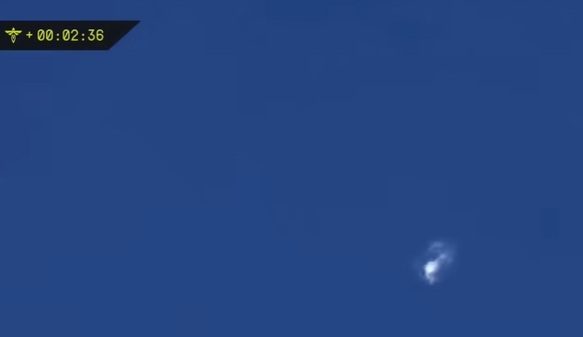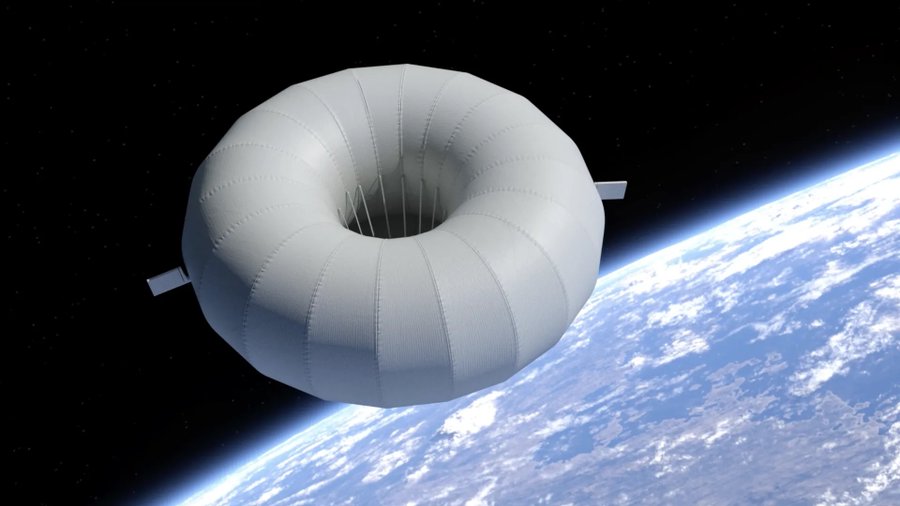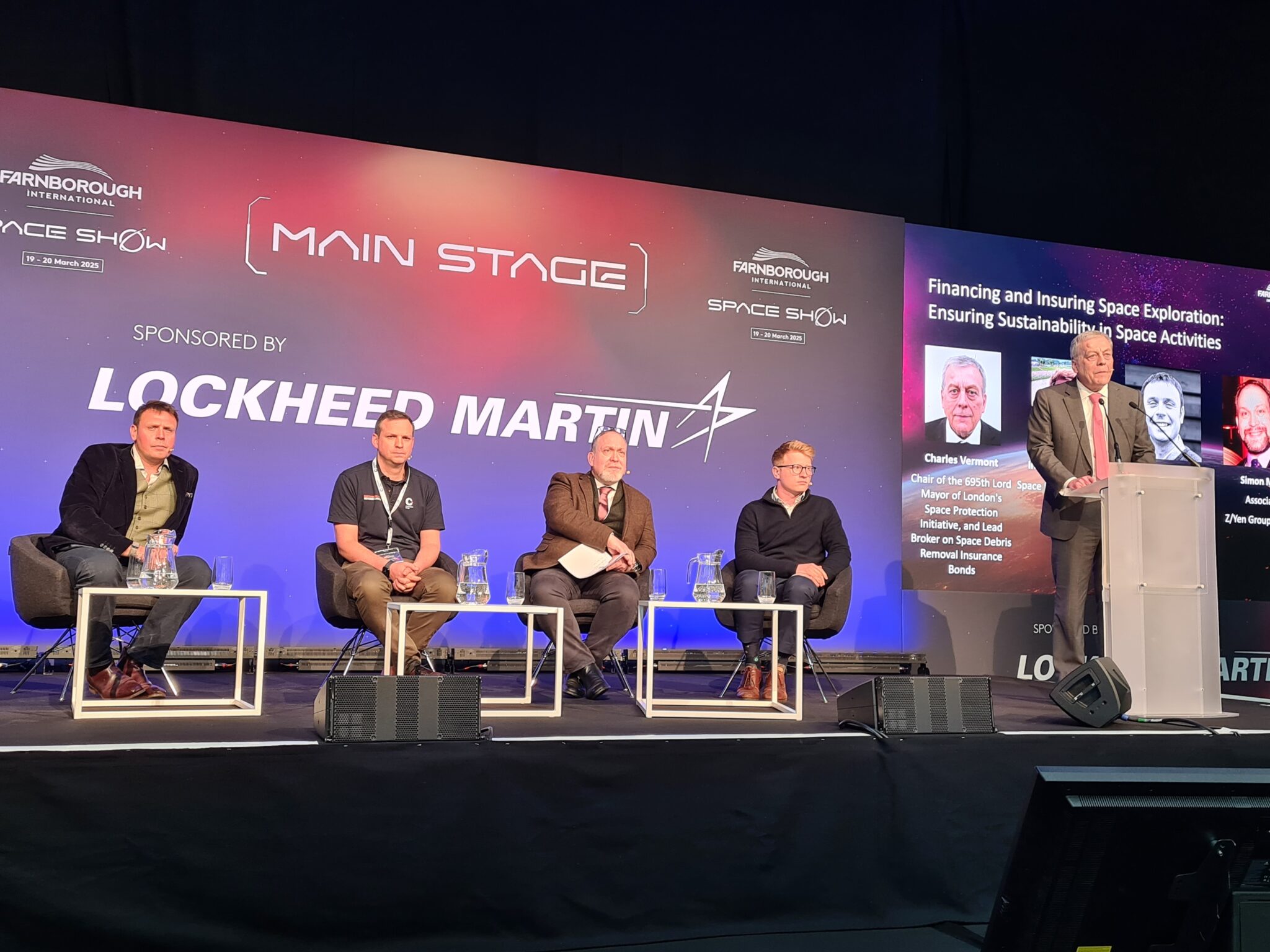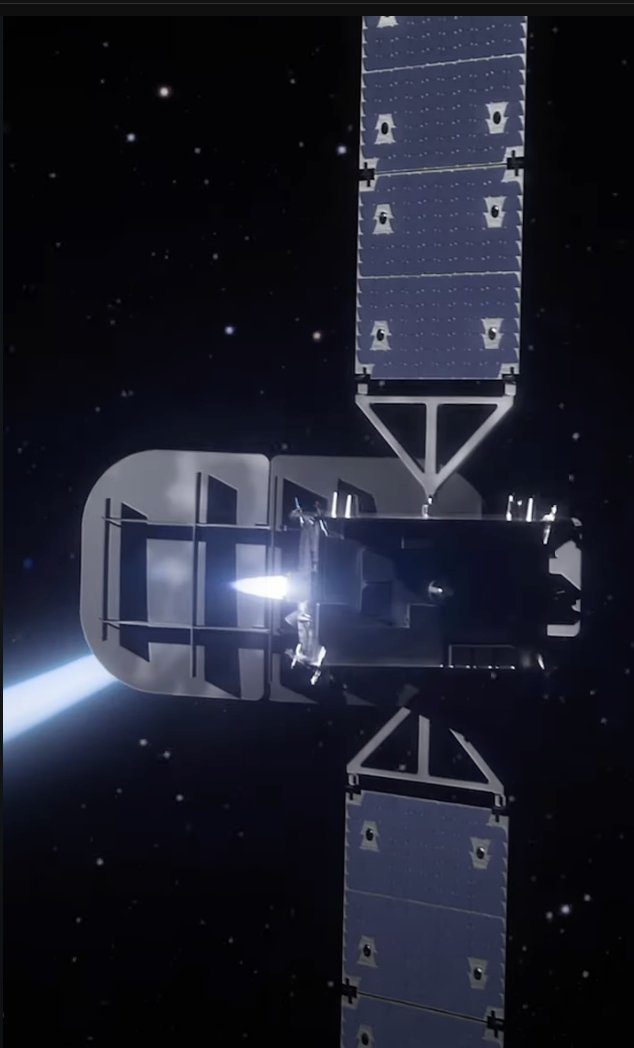The historical record of sun spot activity which has been recorded since the 17th century is regarded as a reliable guide of solar activity. The 11-year solar cycle is now heading for its low point, due in three years. As activity declines so does the number of sunspots and the sun became “blank” (devoid of any sun spots) for several days in June.
This low activity will have an effect on the Earth’s atmosphere. High activity yields more high energy charged particles interacting with the Earth’s atmosphere which tends to expand it while low activity (in this case) does the opposite. Thus a contracted atmosphere will allow for lower drag to be encountered by satellites in low Earth orbit, potentially extending their lives.
Solar activity is also thought to influence rainfall patterns with high activity causing some river levels to rise. So in this case levels may fall. However, the effect the low in the 11-year cycle will be short term, lasting, at most, a few years until solar activity starts rising again.
However, of more concern to scientists is that the “peaks” of high activity in the 11-year solar cycle are becoming less powerful as the Sun’s magnetic field changes, leading some to suggest that we may be heading for another mini-ice age as happened in the 17th and 18th centurys during the “Maunder minimum”. Others are also concerned that such a cooling could mask the underlying long term warning trend that greenhouse gases are having.







